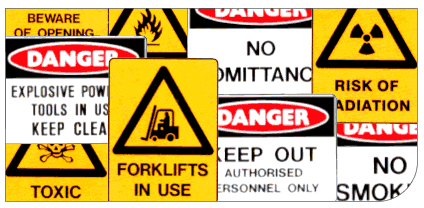Today’s post comes from guest author Todd Bennett, from Rehm, Bennett & Moore.
Under federal law, every employee has the right to a safe workplace. If you believe your workplace is dangerous and changes in safety policy are ignored, you can request an inspection from OSHA (Occupational Safety and Health Administration).
Workers’ compensation, which is regulated on a state-by-state level, covers medical bills, lost wages, disability and vocational rehabilitation services for employees injured on the job. If you have any questions regarding these benefits, please contact an experienced lawyer in your area.
If you believe you work in an unsafe work area, here are some tips to be aware of to make sure your workplace is as safe as possible, and you protect yourself from significant injury:
- Know the hazards in your workplace.
- While in a seated position, keep your shoulders in line with your hips. Use good form when lifting.
- Injuries occur when workers get tired. Take breaks when you’re tired.
- Do not skip safety procedures just because it makes the job easier or quicker. Using dangerous machinery is the one of the leading causes of work injuries.
- Be aware of where emergency shutoff switches are located.
- Report unsafe work areas.
- Wear proper safety equipment.
If you are injured due to an unsafe workplace, and you are unsure of the benefits that you are entitled to, contact an experienced attorney in your area.
Prior results do not guarantee outcomes.
Attorney Advertising.












